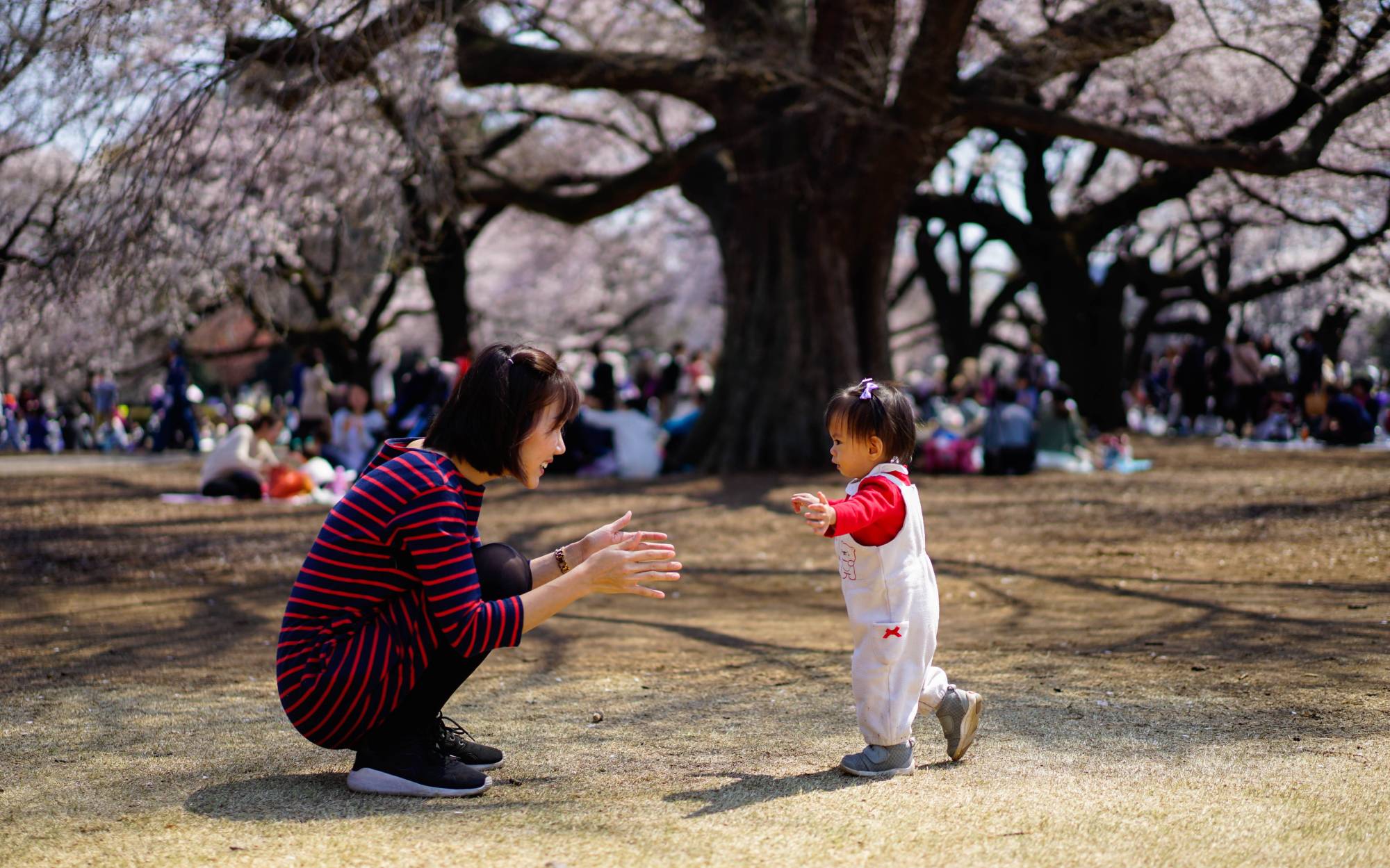The government's new outline of measures to stop the accelerating decline of childbirth — which is estimated to have fallen to 864,000 in 2019, the lowest on record — maintains the target set in 2015 by the Abe administration to raise the total fertility rate — the average number of children a woman gives birth to in her lifetime — to 1.8 by 2025. Yet the target remains nowhere in sight, with the latest figure in 2018 at 1.42.
The 1.8 figure represents what the government thinks will be achieved if all young adults who want children can realize their wish. If so, efforts to reach the goal must first identify what lies behind the gap between the target and the real situation — or what hampers the younger generation from having children — and reassess whether the measures taken so far have been effective in removing the obstacles.
In fact, the various measures taken since the 1990s, such as greater support for working mothers and an expansion of child-care services, have failed to reverse the trend of ever-fewer births, leading to a rapidly graying population. The number of children born last year was around 40 percent of the level in the mid-1970s, when Japan last had a fertility rate above 2.0, which is required to sustain the population. While the fertility rate inched up after hitting a low of 1.26 in 2005, it fell again from 2016 to 2018.

















With your current subscription plan you can comment on stories. However, before writing your first comment, please create a display name in the Profile section of your subscriber account page.